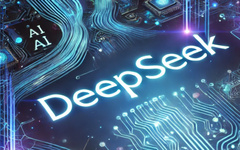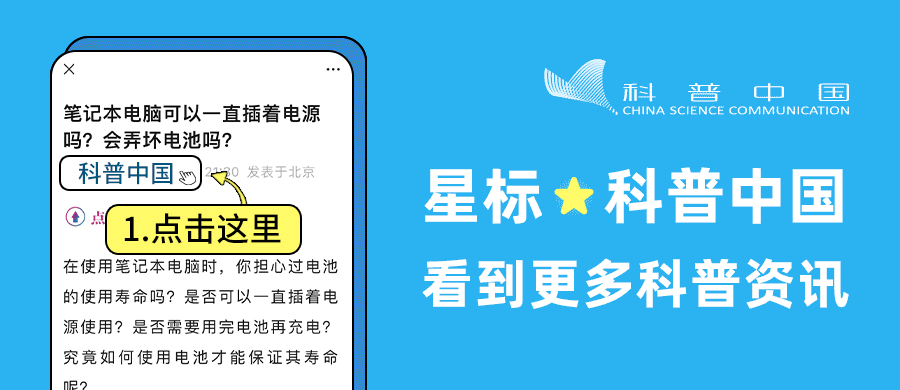
This Spring Festival, an “AI star” from Hangzhou quietly rose to prominence, named DeepSeek. It struck like a sudden lightning bolt, not only illuminating the global AI night sky but also bringing a mysterious “Eastern power” to the open-source community.
As DeepSeek gained popularity, more and more people began to use this AI tool. So how can we use it effectively to unleash its powerful capabilities?
This starts with understanding and getting to know it—it’s like a knowledgeable friend who sometimes unconsciously “fills in the blanks”. It may confidently fabricate non-existent data, connect unrelated information, or generate seemingly reasonable but actually incorrect content. Therefore, we must remain vigilant while using it, avoiding blindly trusting AI’s “nonsense”.
Additionally, we need tocontinuously learn “how to communicate with AI”. After all, even a powerful AI like DeepSeek can only provide vague answers if we cannot clearly express what we want.
Today, we have compiled a quick guide to DeepSeek for ordinary people, hoping to help everyone make the best use of this powerful AI tool.
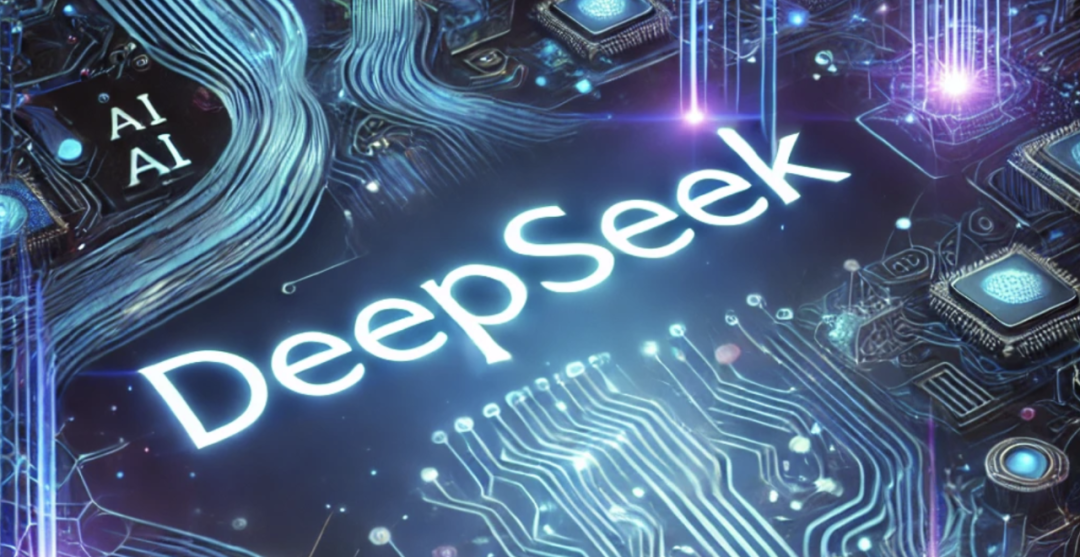
This image is generated under the guidance of DeepSeek.
How does DeepSeek actually “think”?
If we were to describe DeepSeek with a metaphor, it would probably be like a very knowledgeable friend who has not only read countless books but can also instantly establish connections between various pieces of knowledge in their mind, answering your questions comprehensively (except for illegal matters, of course). This is how modern large language models work, and the core of this capability is the Transformer architecture pioneered by the Google team in 2017.
The most impressive ability of the Transformer is its attention mechanism. For example, when you read a book, an ordinary person needs to read from the beginning to the end, while the Transformer is like a “super reader” that can instantly find the most critical information in the text and quickly understand the relationships between them.
As it grows, DeepSeek seems like a knowledge-hungry scholar, “reading” the vast knowledge accumulated by humanity—from the dry Wikipedia to beautiful literary works, from cutting-edge academic papers to professional technical documents. By continually predicting the missing words in sentences, it gradually mastered the rules of language. This process is similar to how infants learn their mother tongue through listening and speaking; large models learn in such a way to slowly learn to listen to questions and predict and generate the content we want.
However, DeepSeek’s “thinking” method also has its uniqueness; it is like a master of improvisation, calculating every word precisely to ensure the content is coherent and creative. But because of this improvisational nature, its answers can vary slightly each time, sometimes producing brilliant responses, while at other times, they may be incoherent or even frequently incorrect, which is known as “AI hallucination“.
Before DeepSeek, foreign models like ChatGPT and Claude had already shone brightly, while domestic models like Wenxin Yiyan, Tongyi Qianwen, and Kimi also showcased their brilliance. So why did DeepSeek stand out and astonish the world after this Spring Festival?
The answer can be summarized in three keywords: hard power, cost-effectiveness, open-source sharing.
Strong Power: The “Technical” Expert in AI
What makes DeepSeek stand out is its “reasoning brain”. Unlike traditional instruction models, DeepSeek has particularly enhanced its reasoning capabilities in its model design. With the help of advanced technologies like reinforcement learning, it resembles a thoughtful scholar, not only understanding what you say but also knowing how to think deeply and innovate.
Currently, DeepSeek R1 has become the “strongest king” among open-source large models, its capabilities rivaling those of OpenAI’s top players, and it has become the only powerhouse in the open-source camp capable of competing with closed-source giants.
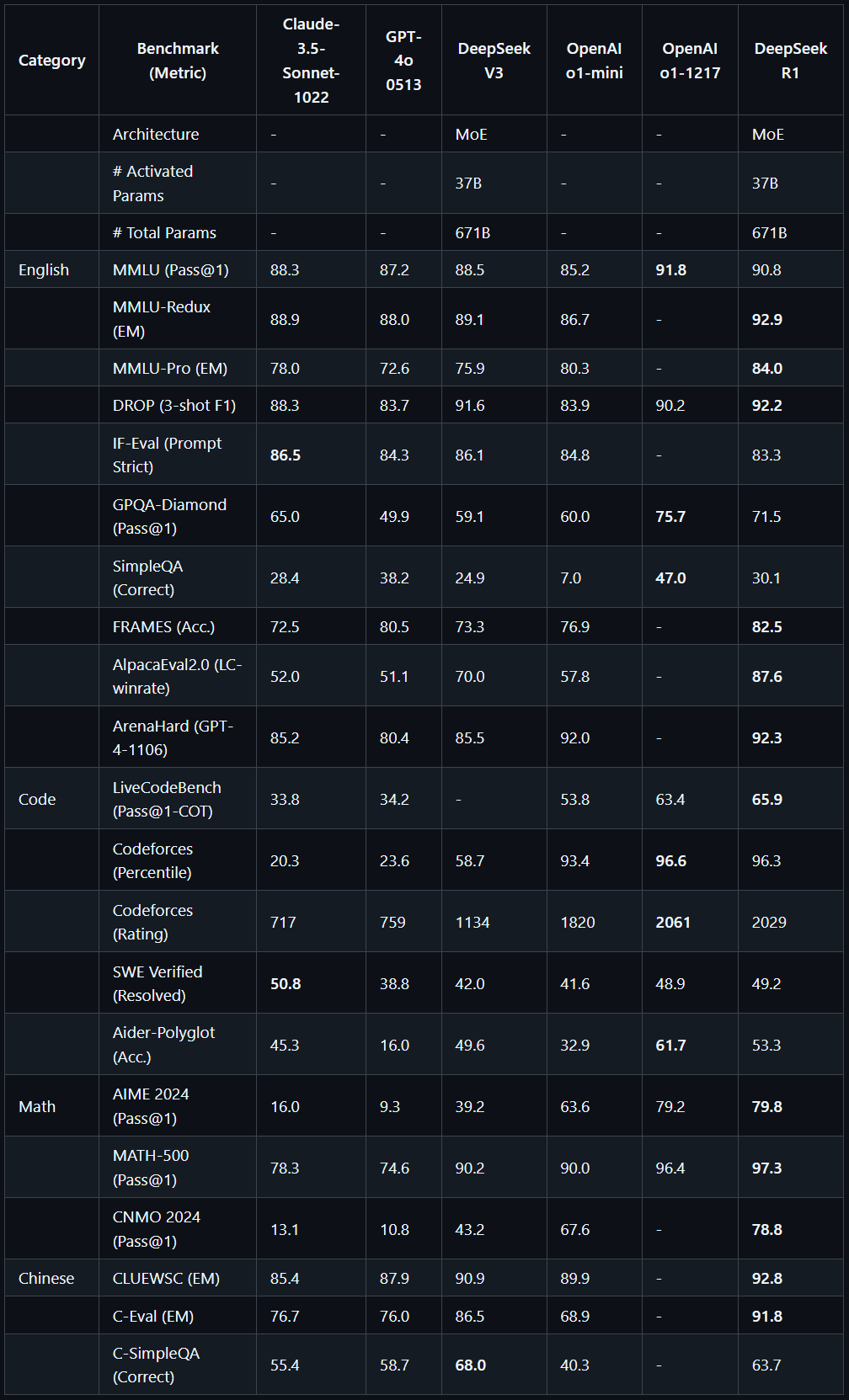
Scroll up and down for more, DeepSeek R1 compared to other mainstream models, image source: provided by the author.
Affordable Price: The “Cost-Performance King” of AI
DeepSeek is not only technically outstanding but also astonishing in cost control. By optimizing training methods, they have compressed the training cost of the V3 model to $5.576 million—this figure is even lower than the annual salary of many executives at large model companies.
This high efficiency directly leads to ultra-low prices; now, inputting one million tokens costs only 4 yuan, and output costs only 16 yuan. Some jokingly call it the “Pinduoduo of the large model world”!
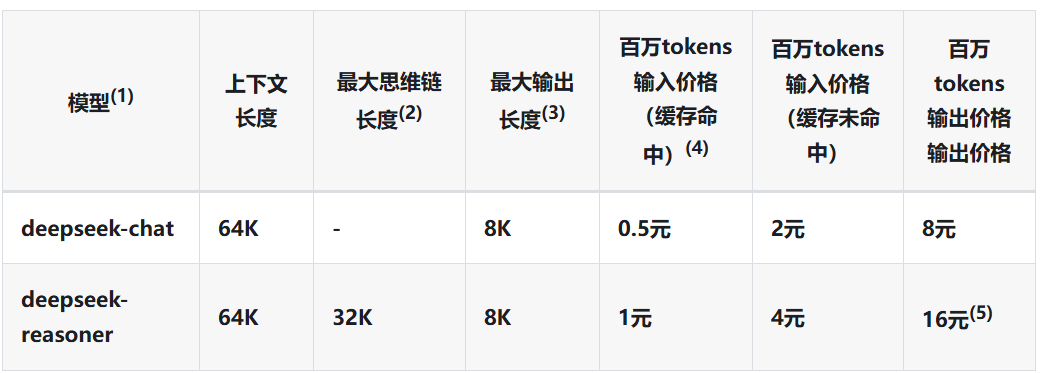
Image source: provided by the author.
Open Source Sharing: The “Wulin Alliance Leader” of AI
While other large models set up numerous barriers for commercial interests, DeepSeek chose to fully open its code and allow free commercial use. This is like a martial arts master openly sharing their lifelong skills, enabling the entire community to improve their martial arts.
This idea of open sharing has resonated globally. As a saying circulating online goes, “The magical reality of 2025: we bought a model for $200 a month from a non-profit organization (OpenAI), but got a free open-source AI from a quantitative institution.”
How to Truly Make Good Use of DeepSeek?
The key to dealing with AI is “communication”. AI is like a genius with its eyes covered; it knows a lot but cannot directly perceive the world. Only through our descriptions can it understand what reality looks like.
This is similar to describing the sound of waves to someone who has never seen the ocean. If you say, “whoosh,” the other person might interpret it as the sound of rain; if you say, “like countless huge silks shaking in the air,” the imagery becomes completely different. Similarly, communicating with AI requires such “descriptive ability”.
When communicating with AI, prompts are your “expressive ability”. Just like learning a new language, this ability requires constant practice to improve. Even a powerful AI like DeepSeek can only provide vague answers if we cannot clearly express what we want.
Another important point is the issue of AI “hallucinations”. It is like a knowledgeable friend who sometimes unconsciously “fills in the blanks”. It may confidently fabricate non-existent data, connect unrelated information, or generate seemingly reasonable but actually incorrect content. Therefore, we must be the “sword bearers” against AI hallucinations, always remaining vigilant.
In other words, AI is a powerful tool, but the effectiveness of using the tool depends on the user’s ability. Through continuous practice and vigilance, we can truly harness the value of AI while avoiding falling into the trap of “hallucinations”.
So, how can we make good use of this “AI tool”? Here are a few tips.
1
Regular Question Template
In the past, when conversing with instruction models like ChatGPT, we often used very complex prompt templates. But DeepSeek is different; it’s more like a partner good at thinking, and simple and clear expressions work better.
I highly recommend this simple yet super practical “four-step question method”: Background + Task + Requirements + Supplement. For example:
[Background] I am the owner of a newly opened café;
[Task] I need a promotional plan for the opening;
[Requirements] Within a budget of 10,000 yuan, mainly targeting college students;
[Supplement] Our store is located in a university town, focusing on specialty coffee.
The brilliance of this method lies in:
Background information helps AI understand your situation;
The specific task clarifies your needs;
Limitations indicate key requirements;
Supplementary information adds important details.
This way of asking not only allows DeepSeek to better understand your needs but also avoids misunderstandings or off-topic answers. This is like talking to a smart friend; once you clarify the situation, they can naturally provide more targeted suggestions.
Remember, when talking to DeepSeek, there’s no need for too many fancy techniques; keeping it simple and clear is key. Its reasoning ability is strong; as long as you clearly state your needs, it can understand your intentions and provide surprising answers.
Practical Demonstration
Let’s first look at a wrong example:
Question: Write a promotional plan for a store opening.
Output:
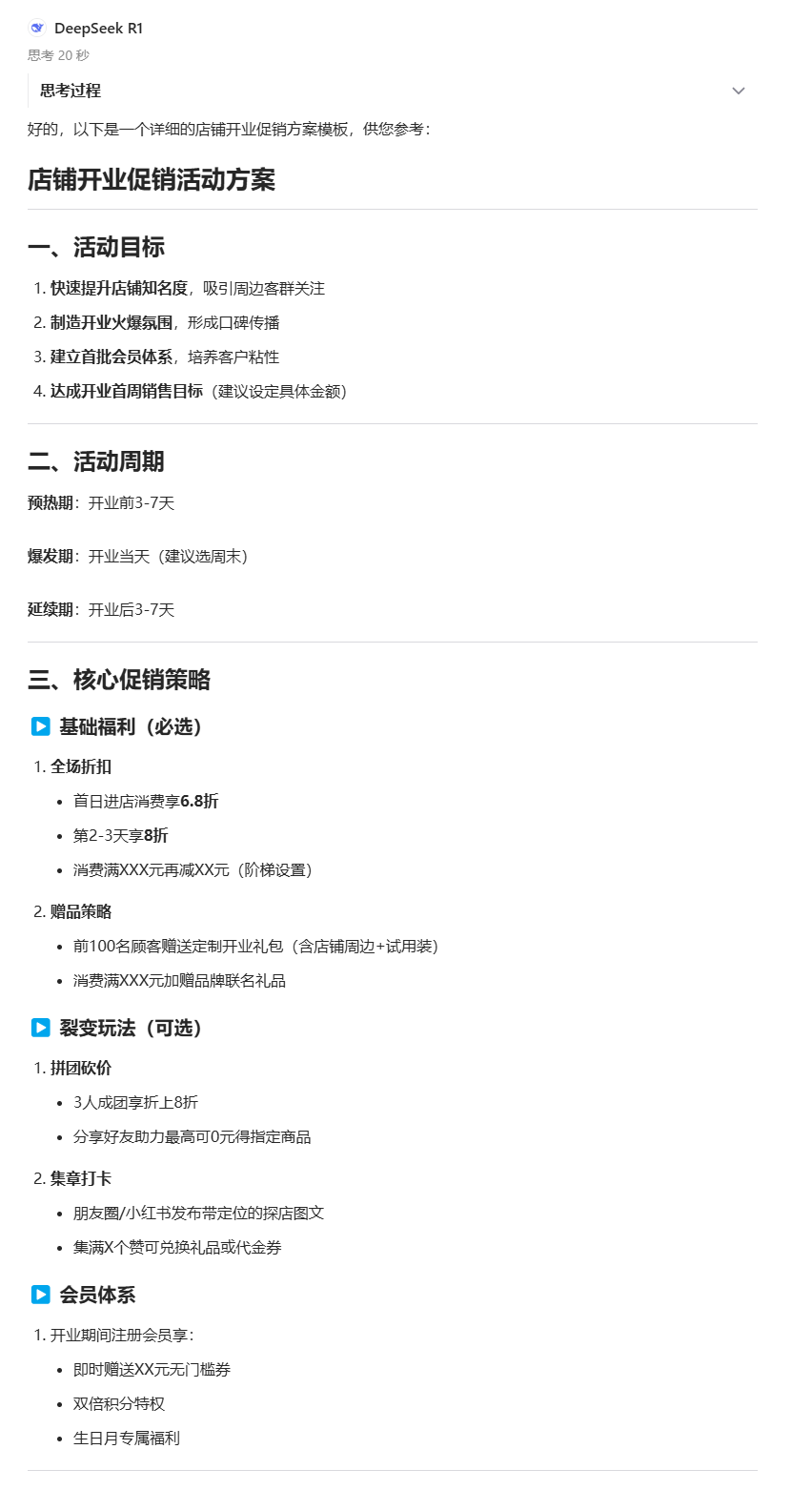
Scroll up and down for more, image source: provided by the author.
Now let’s look at a correct example:
Question: I am the owner of a newly opened café and need a promotional plan for the opening. The budget is within 10,000 yuan, mainly targeting college students. Our store is located in a university town, focusing on specialty coffee.
Output:
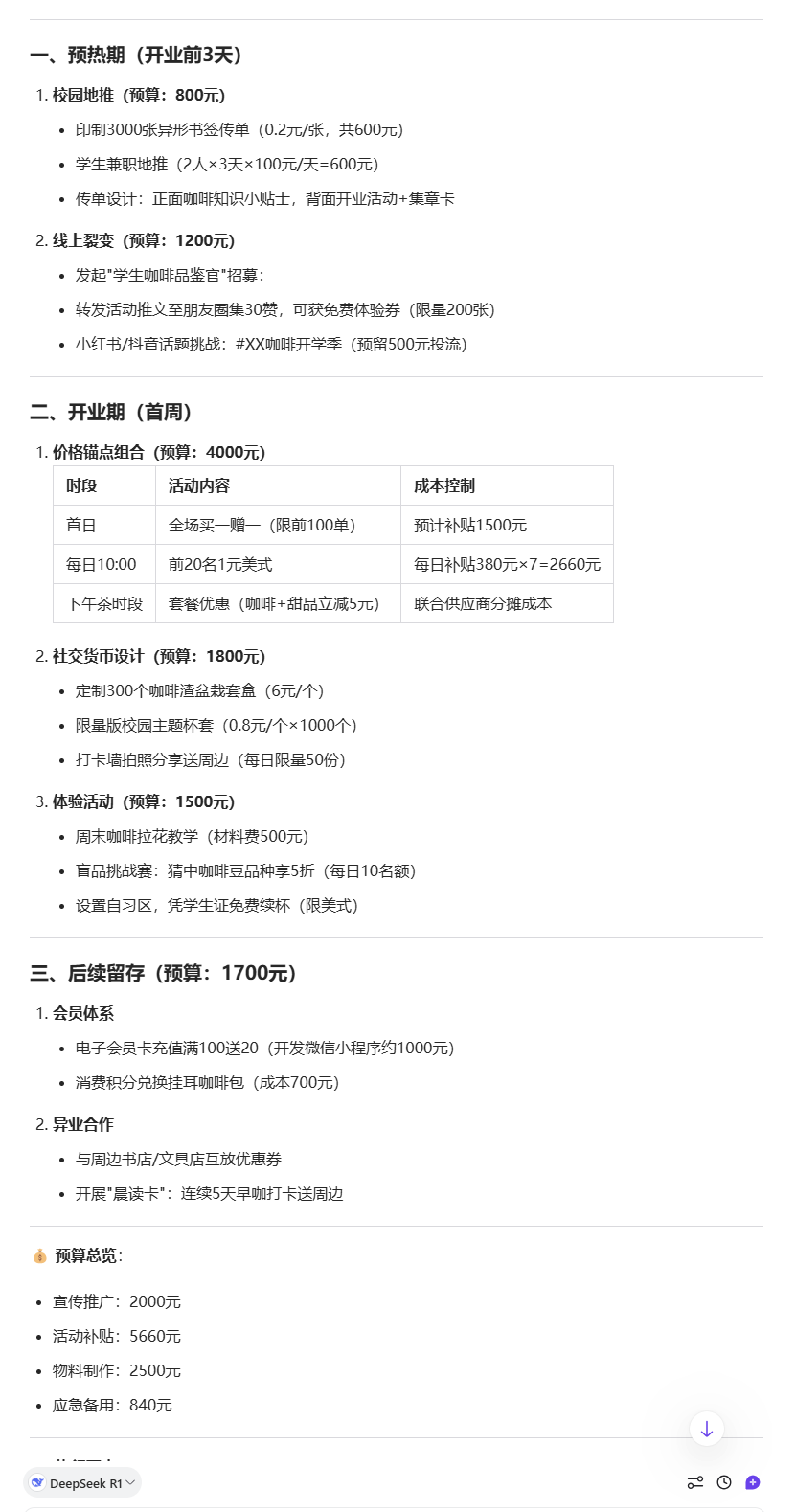
Scroll up and down for more, image source: provided by the author.
2
Decomposing Complex Tasks
Currently, due to issues like context and model capabilities, AI often “takes shortcuts” when handling complex tasks. In such cases, we need to help AI decompose the tasks.
Next, let’s use writing an article on “the future development of remote work” as an example to guide AI step by step to produce high-quality writing.
Step 1: Have AI write an outline
Example: “I want to write an article about ‘the future development of remote work’; please help me list a detailed outline, including an introduction, 3-4 main points, and a conclusion. Each main point should contain 2-3 specific subsections.”
Step 2: Have AI elaborate on the first part of the content based on the outline
Example: “Based on the outline above, please help me elaborate on the introduction. It should include the current status of remote work, why this topic is important now, and the main directions the article will discuss. Please support with vivid examples and data, and ensure the language is smooth and natural.”
Step 3: Have AI continue to output the subsequent sections based on the outline
Example: “Please continue to complete the first main point section in the outline. Ensure the content connects naturally with the introduction and includes specific case studies. Each subsection should be around 300-400 words, and pay attention to the transitions between paragraphs. If data is involved, please specify the source.”
Step 4: Have AI check for errors in the article content and verify information
Example: “Please carefully read the entire article, focusing on:
1) Whether the data and facts mentioned in the article are accurate;
2) Whether the logical relationships between sections are smooth;
3) Whether there are contradictory viewpoints;
4) Whether the use of technical terms is accurate. If any issues are found, please specify and provide modification suggestions.”
Step 5: Have AI read the generated article and optimize it
Example: “Please optimize this article from the following aspects:
1) Increase the readability of the article by using more vivid analogies and examples;
2) Optimize transitions between paragraphs to make the article smoother;
3) Check and improve the language expression of the article, avoiding repetition and redundancy;
4) Appropriately add some new insights or perspectives to make the article deeper. Please revise paragraph by paragraph and explain the reasons for each modification.”
3
Continuous Questioning Techniques
Do not expect AI to complete what you want in one go. When using AI, adjust your mindset and treat it as a knowledgeable but inexperienced intern. It has a wide range of knowledge but needs your guidance to deliver satisfactory work.
For example, the first draft of the café opening plan written by DeepSeek will likely not meet our needs. We need to continue asking questions to optimize the content until it meets our requirements.
Using the café opening plan example, the first version written by DeepSeek did not effectively highlight the target audience of “college students”. At this point, don’t rush to dismiss it; instead, you can continue the conversation like this:
The overall framework of the plan is good, but I think it can be closer to the college student demographic. Can you optimize it from the following aspects:
– How to design the store layout based on college students’ learning and social needs?
– Considering students’ spending power, how to design a more attractive pricing strategy?
– Can we design marketing activities around key campus events like finals and club activities?
This process is like conducting a brainstorming session, where each round of dialogue helps refine the plan further. The key is to:
1. Be patient; do not expect to get it right in one go
2. Provide clear directions for improvement
3. Make gradual improvements, one aspect at a time
4. Summarize and consolidate promptly to ensure the direction is correct
4
Skillfully Use Different AIs
Each AI is like an assistant with a distinct personality; understanding their strengths allows them to shine in the most suitable roles.
For example, DeepSeek R1 acts like a meticulous strategic advisor. Give it a task, and it will think deeply from various angles, not only completing your requested content but also proactively discovering and supplementing details you might have overlooked. Especially in project planning, it always provides surprisingly complete ideas.
However, when it comes to literary creation, DeepSeek can be like an overly enthusiastic writer, excessively fond of ornate embellishments, which sometimes detracts from the overall effect of the article. In such cases, a more restrained personality like Claude can come in handy, as its writing is more concise and elegant, better suited for tasks requiring a literary touch.
Knowing who is best suited for what allows the team to maximize efficiency. Similarly, when using AI, selecting the most suitable “assistant” based on the nature of the task often leads to better results.
|
Name |
Usage |
Characteristics |
|
ChatGPT |
Copywriting, idea organization, knowledge Q&A, emotional companionship |
Text is somewhat stiff, with no major shortcomings but also no standout strengths |
|
Claude |
Long-form writing, code generation, idea organization |
The highest quality AI for generating Chinese content, with almost no “AI flavor” |
|
DeepSeek |
Long-form writing, code generation, mathematical operations, idea organization |
Very suitable for organizing ideas and plans, with beautiful Chinese language, good at poetry, but has noticeable “AI hallucinations”. |
|
Doubao AI |
Multimodal analysis, daily office assistance, emotional companionship |
Comprehensive integration of functions, suitable for everyday work use, also very good for emotional companionship |
|
Recraft |
Image generation |
Professional AI image generation tool, high output quality |
|
Midjourney |
Image generation |
High-quality images, strong playability |
|
Whisk |
Image generation |
Google’s image tool, can generate different images based on characters and scenes, with good image quality |
|
Keli AI |
Image and video generation |
One of the most advanced video generation tools currently, with high video generation quality |
|
Hailuo AI |
Voice and video generation |
Generates high-quality voice quickly and is free |
Table: Self-designed
Planning and Production
Author: Tian Wei, AI tool researcher
Reviewer: Yu Naigong, head of the Robotics Engineering program at Beijing University of Technology, director of the Robotics Research Center at the Beijing Academy of Artificial Intelligence, doctoral supervisor
Planning: Lin Lin
Editor: Lin Lin
Proofreader: Xu Lai
Related Recommendations
1. “The Groundhog from Nezha 2 is on fire! Does the groundhog really make an ‘ah~’ sound?”
2. “You must understand this ‘dark language’ of doctors! Otherwise, you may suffer great losses…”
3. “Which seemingly normal designs in restaurants are actually draining your wallet?”
4. “We challenged a physics competition problem using the recently popular DeepSeek, and the result…”
5. “Five seemingly money-saving habits that may actually increase cancer risk!”
The cover image and images in this article are from copyright libraries.
Reproducing may lead to copyright disputes; for original text and images, please reply “reproduce” to the backend.

Light Up the “View”
Let’s Increase Knowledge Together!

